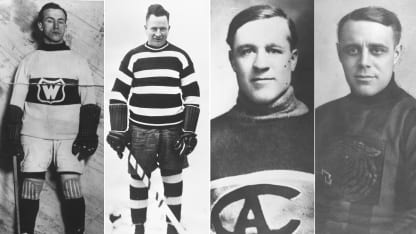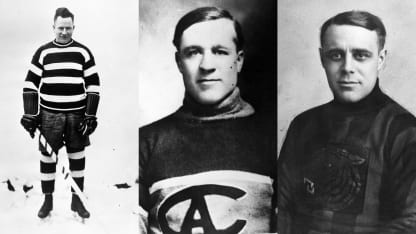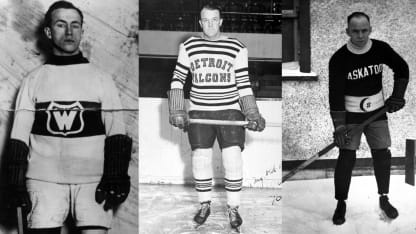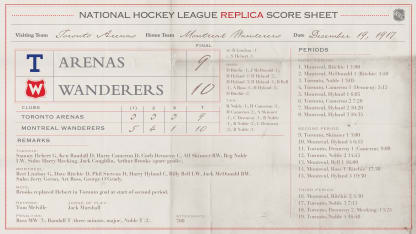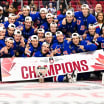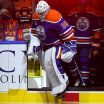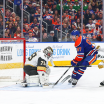Before there was the Original Six, there was the First Four.
On Wednesday, Dec. 19, 1917, the brand-new National Hockey League took the ice for the first time. It wasn't exactly "national"; the NHL included two teams from Montreal and one each from Toronto and Ottawa (a franchise from Quebec was an original member but didn't ice a team until 1919). All but the new Toronto team had come from the National Hockey Association. The NHL was less than a month old; the announcement of the League's formation had come on Nov. 26.
First games in NHL history occurred 99 years ago
Montreal Canadiens, Wanderers each won on Dec. 19, 1917
